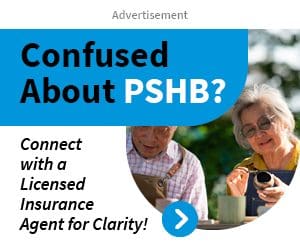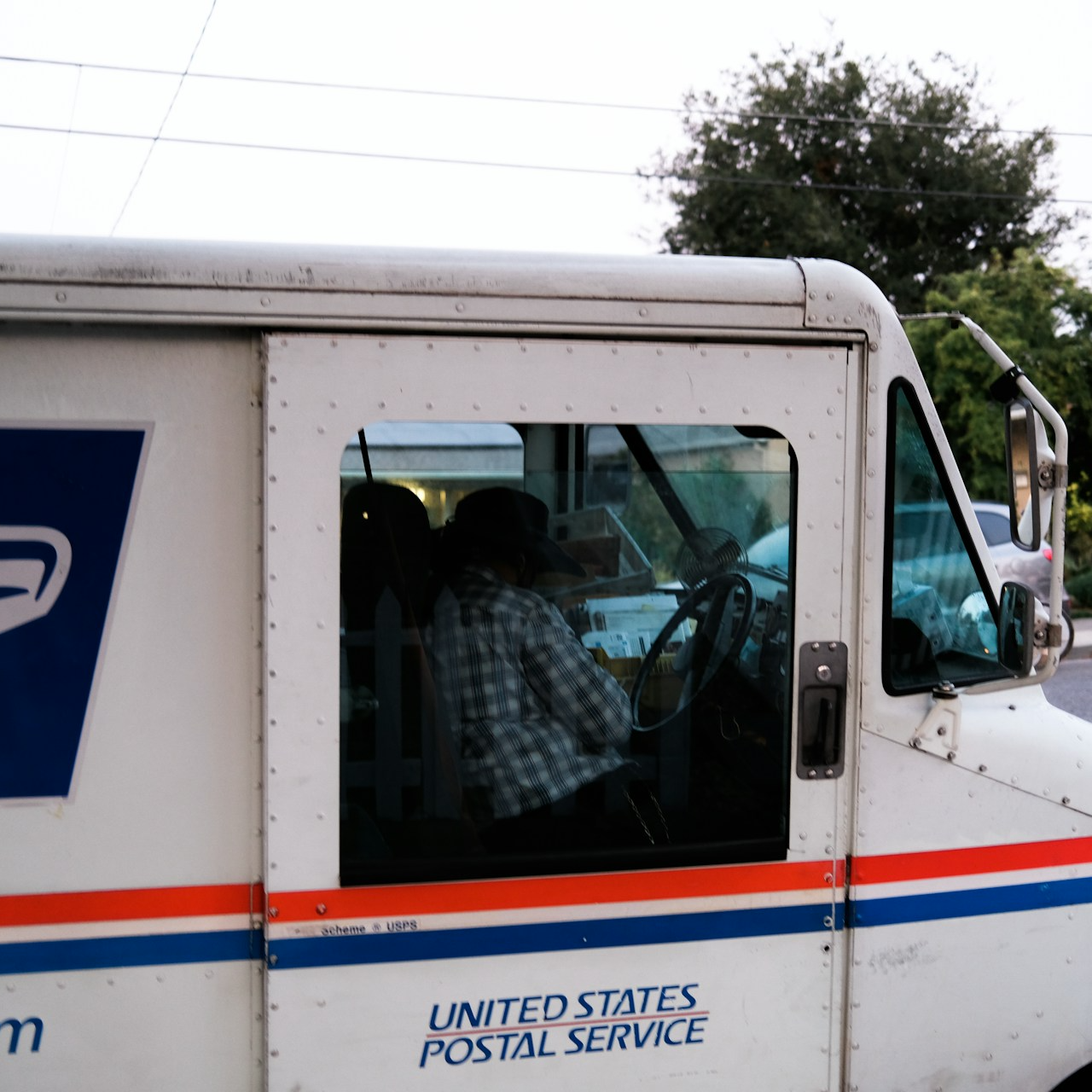Key Takeaways
-
Even with PSHB coverage, enrolling in Medicare Part B remains essential for many retirees in 2025, as it directly impacts your continued eligibility and benefits under the new postal health system.
-
Combining PSHB with Medicare can lower out-of-pocket costs, expand provider access, and provide enhanced prescription drug benefits under the integrated structure for Medicare-eligible enrollees.
Understanding the Role of Medicare in PSHB for 2025
With the rollout of the Postal Service Health Benefits (PSHB) program in 2025, you might assume that Medicare becomes less relevant. That’s not the case. In fact, Medicare plays a central role in your overall healthcare strategy—especially if you’re a Medicare-eligible postal retiree or family member.
PSHB does not replace Medicare. Instead, the two work together. Your decisions about Medicare enrollment—especially Part B—can influence your costs, coverage, and even your eligibility for certain PSHB benefits.
Why Medicare Part B Still Matters for PSHB Enrollees
Under the new PSHB framework, Medicare Part B enrollment is no longer optional for many. If you’re a Medicare-eligible annuitant or family member, and you are not exempt, you must enroll in Part B to keep your full PSHB benefits.
This requirement applies to you unless:
-
You retired on or before January 1, 2025, and were not enrolled in Part B at that time.
-
You were age 64 or older on January 1, 2025.
-
You live overseas or are covered under Indian Health Services or VA.
If none of these exemptions apply, your PSHB drug coverage and some cost-sharing benefits are conditional on your enrollment in Medicare Part B.
What Medicare Covers vs. What PSHB Covers
Here’s how the two coordinate:
-
Medicare Part A (Hospital Insurance): Covers inpatient care, skilled nursing facility care, and some home health care. Most retirees qualify for premium-free Part A.
-
Medicare Part B (Medical Insurance): Covers doctor visits, outpatient services, preventive care, and durable medical equipment. You pay a monthly premium for Part B.
-
PSHB Plans: Provide additional coverage including vision, dental, prescription drugs, and foreign travel emergency care. PSHB wraps around Medicare, covering costs that Medicare may not, and vice versa.
When enrolled in both, Medicare typically becomes your primary payer, and your PSHB plan becomes secondary, paying remaining costs such as deductibles, copayments, or coinsurance.
Cost Savings from Dual Enrollment
One of the biggest advantages of being enrolled in both Medicare and PSHB in 2025 is the potential for reduced out-of-pocket costs:
-
Lower cost-sharing: Many PSHB plans waive or reduce copayments, deductibles, and coinsurance when you have Medicare Parts A and B.
-
Prescription drug enhancements: You are automatically enrolled in a Medicare Part D Employer Group Waiver Plan (EGWP) that is integrated with your PSHB plan. This includes a $2,000 out-of-pocket cap on drug spending in 2025 and a $35 cap on monthly insulin costs.
-
Expanded provider access: With Medicare as your primary payer, you gain access to a larger provider network nationwide.
The Danger of Opting Out of Part B
If you’re required to enroll in Medicare Part B but choose not to, your coverage under PSHB may become significantly limited. Most notably:
-
You could lose prescription drug coverage under the PSHB plan.
-
You may pay more out-of-pocket for covered medical services, since your PSHB plan will assume you have Medicare as primary.
-
Re-enrolling in Medicare later could mean waiting until the next General Enrollment Period (Jan 1 to Mar 31), with coverage starting July 1—and late enrollment penalties may apply for life.
How Medicare and PSHB Coordinate Prescription Benefits
In 2025, prescription drug coverage under PSHB is handled through a Medicare Part D EGWP. Here’s how it works:
-
You are automatically enrolled if you are eligible and have Medicare Part A and B.
-
Coverage includes a $2,000 annual out-of-pocket cap on prescription drugs.
-
Most PSHB plans also offer mail-order pharmacy options and an expanded pharmacy network.
-
If you opt out of this integrated drug plan, you lose PSHB drug benefits and can only re-enroll during a future qualifying event.
Additional Benefits Tied to Medicare Enrollment
Some PSHB plans offer extra perks to retirees enrolled in Medicare Parts A and B:
-
Part B premium reimbursement: Some plans offer partial or full reimbursement of your Part B premium.
-
Waived deductibles: In some plans, having Medicare may mean no deductible applies.
-
Lower out-of-pocket maximums: Your annual limit on spending may be lower when Medicare pays first.
To take advantage of these benefits, it’s critical to confirm both your eligibility and enrollment status.
Timeline of Enrollment and Key Deadlines in 2025
To make the most of your coverage, here are important timeframes to keep in mind:
-
Initial Enrollment Period (IEP): Begins 3 months before your 65th birthday, includes your birthday month, and ends 3 months after. This is your first opportunity to enroll in Medicare Parts A and B.
-
General Enrollment Period (GEP): January 1 to March 31. If you missed your IEP, this is when you can sign up. Coverage begins July 1.
-
Open Season for PSHB: Occurs annually from November to December. Use this time to review and change plans if needed.
If you’re already retired and newly turning 65 in 2025, your IEP is your best chance to enroll in Medicare Part B without penalties. If you’re already 65 or older and not yet enrolled, consider the GEP immediately.
Medicare Coordination Isn’t Automatic—What You Need to Do
Even though PSHB plans integrate with Medicare, coordination doesn’t happen by default. Here’s what you must actively manage:
-
Check your Medicare status: Confirm whether you’re enrolled in Parts A and B.
-
Verify your PSHB plan’s requirements: Not all plans treat Medicare the same way. Read the plan brochure carefully.
-
Update your plan with Medicare details: Provide your Medicare Beneficiary Identifier (MBI) to your PSHB plan.
-
Enroll in time: Avoid delays by acting during your enrollment window.
What Happens If You’re Exempt from Medicare Part B Enrollment
If you qualify for an exemption in 2025, you won’t be required to enroll in Medicare Part B. However, you should still weigh the pros and cons:
-
Without Part B: Your PSHB plan will pay as primary, but you may face higher cost-sharing and limited access to some enhanced features.
-
With Part B (voluntarily enrolled): You can still benefit from waived deductibles, EGWP prescription drug integration, and possibly lower out-of-pocket spending.
Being exempt doesn’t mean it’s not worth enrolling. Consider your overall healthcare usage, budget, and long-term needs before deciding.
Retiree Planning: PSHB and Medicare Work Better Together
In 2025, coordinating Medicare and PSHB coverage remains a smart retirement strategy. Here’s why:
-
You get dual-layered protection: Medicare covers first, PSHB covers the gaps.
-
You gain access to national providers under Medicare, plus any additional PSHB network benefits.
-
You may qualify for cost-saving benefits and premium reimbursements.
-
You ensure compliance with PSHB requirements, avoiding coverage loss.
This synergy between Medicare and PSHB doesn’t just check boxes—it can make a measurable difference in your health and finances.
Don’t Wait to Act—Plan Ahead
PSHB is not a substitute for Medicare. If you’re nearing age 65, already enrolled, or supporting a Medicare-eligible family member, now is the time to review your enrollment and make sure you’re in compliance. The longer you delay, the more you risk higher costs, coverage gaps, or permanent penalties.
Reach out to a licensed agent listed on this website to review your current enrollment, compare plan benefits, and clarify Medicare’s role in your PSHB coverage.








